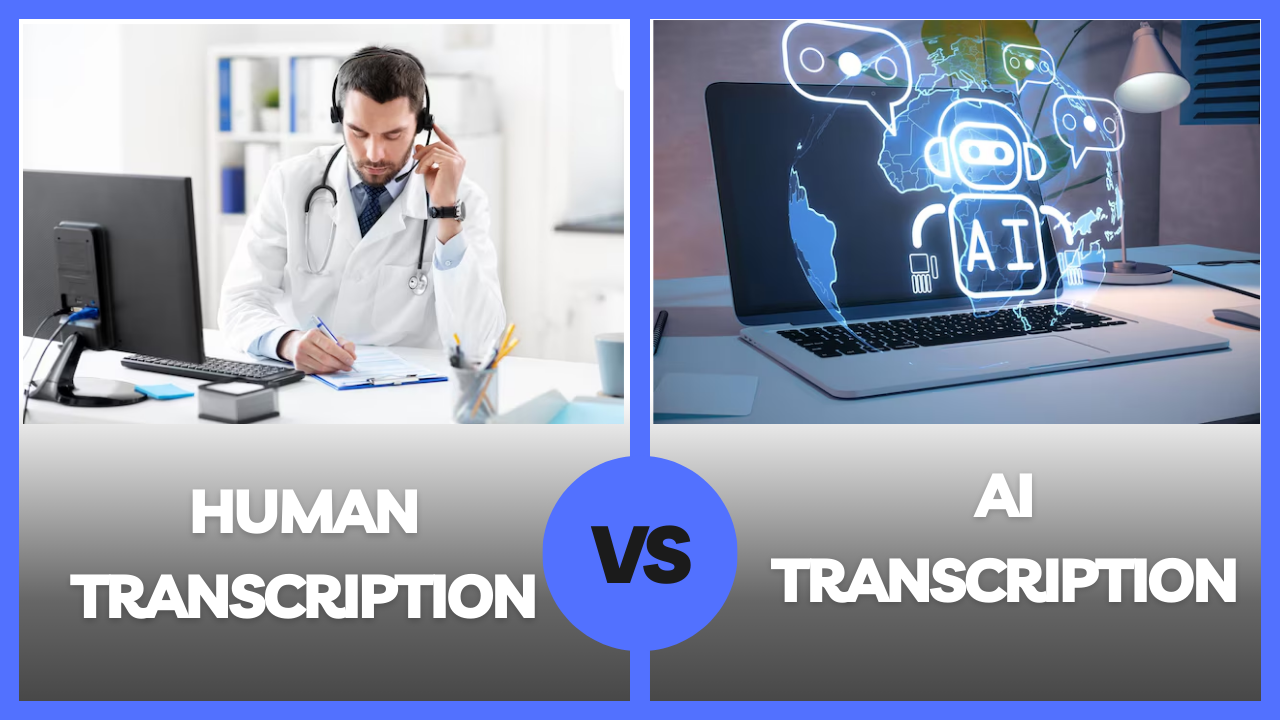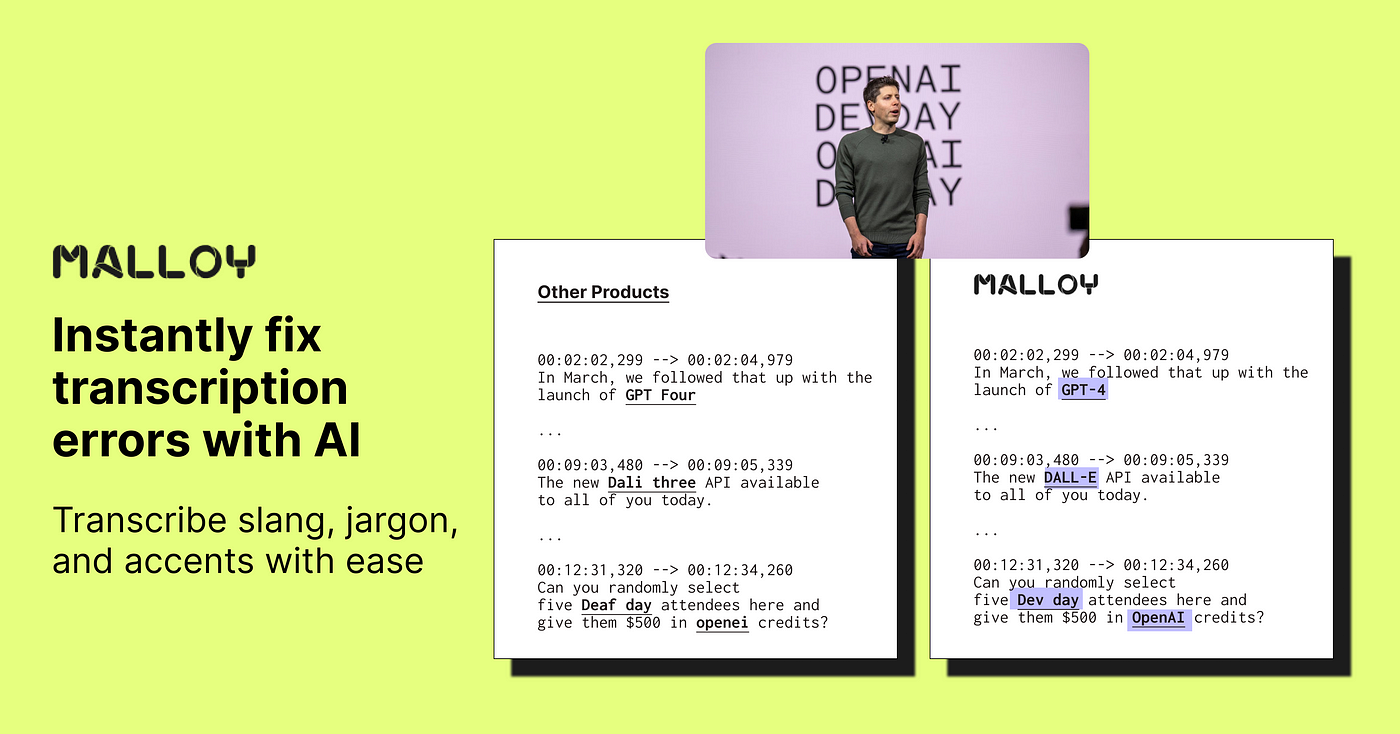AI vs. Human Transcription: When Accuracy & Emotion Collide
- Published On


We've all been there – scrambling to transcribe that crucial client meeting or emotionally charged podcast episode. The clock's ticking, your coffee's gone cold, and suddenly you're faced with the modern dilemma: Do I trust this to a machine or a human?
Let me confess something. Last month, I tried using an AI tool to transcribe my grandmother's wartime stories. The result? It turned "we danced with ration books in our pockets" into "we danced with Russian books in our pockets." That's when I realized – some nuances aren't just words. They're heartbeat pauses, shaky breaths between sentences, the quiet chuckle that changes everything.
Speed vs. Soul

AI transcription feels like having a hyper-caffeinated assistant who works at 3x speed. Need a 60-minute interview turned to text before your latte cools? Done. But here's the rub – ever noticed how AI stumbles over emotional subtext? It's like watching a robot try to interpret jazz improvisation. That pregnant pause before someone says "I love you"? The AI transcript just shows empty space. A human transcribes that silence as meaning.
| Factor | AI Transcription | Human Transcription |
|---|---|---|
| Speed | Very fast, real-time | Slower, depends on the transcriber |
| Emotional Nuances | Likely to miss emotional subtext | Captures emotional nuances and context |
| Cost | Typically cheaper (e.g., $0.10/minute) | More expensive, varies widely |
| Industry Jargon | Struggles with context and jargon | Understands and interprets accurately |
The Cost of Perfection
My freelance writer friend Sarah swears by human transcribers for her investigative pieces. "When I interviewed factory workers about unionization," she told me, "the AI kept missing the way their voices dropped when mentioning management. Those vocal cracks were the story." But let's be real – at 2 AM with deadlines looming, that $0.10/minute AI rate sings a siren song no sleep-deprived creator can resist.
Context is King

Remember trying to explain sarcasm to a literal-minded friend? That's AI with industry jargon or regional accents. I once watched a transcription bot turn "supply chain issues" into "supply Shane tissues" for a logistics firm. Cue confused clients imagining some poor guy named Shane with allergy problems. Human transcribers? They’re like cultural translators, catching the difference between "cool" as a temperature and "cool" as Gen-Z approval.
The Hybrid Solution
Here's what works for me now: Let AI handle the first draft, then have human editors add the texture. It's like using a chainsaw to cut down a tree, then bringing in a woodcarver to reveal the grain. Sure, it costs more than a fully automated solution, but isn't your content worth more than just words on a page?
The Verdict You Already Know
If you're transcribing weather reports or straightforward data – go digital. But for anything that breathes, laughs, or bleeds emotion? Nothing beats the human ear's ability to hear what's between the words. After all, when future historians look at our recordings, do we want them reading sterile text... or feeling the heartbeat of our conversations?
What do you think – have you ever been burned by an AI transcription fail? I’d bet my favorite coffee mug your answer starts with "Oh, let me tell you about this one time..."
Frequently Asked Questions
1.What are related searches?
Related searches are search queries that are related to the keyword you type into a search engine. They appear at the bottom of the Search Engine Results Page (SERP) and help users refine or clarify their original search query.
2.How can related searches be used for SEO?
Related searches provide valuable keywords for content marketing efforts. By incorporating these related terms, websites can better optimize their content and improve search engine rankings. These searches also reveal what users are actually typing into Google, offering insights into popular and relevant search terms.
3.Can you provide examples of related searches?
An example of a related search can be found by searching “yoga for beginners,” which might generate related searches like “easy yoga poses,” “yoga benefits for beginners,” or “yoga classes.”
4.How are related searches generated?
Related searches are generated based on Google's algorithm that determines terms related to the original search query. They are intended to help users refine their searches by suggesting additional relevant terms.